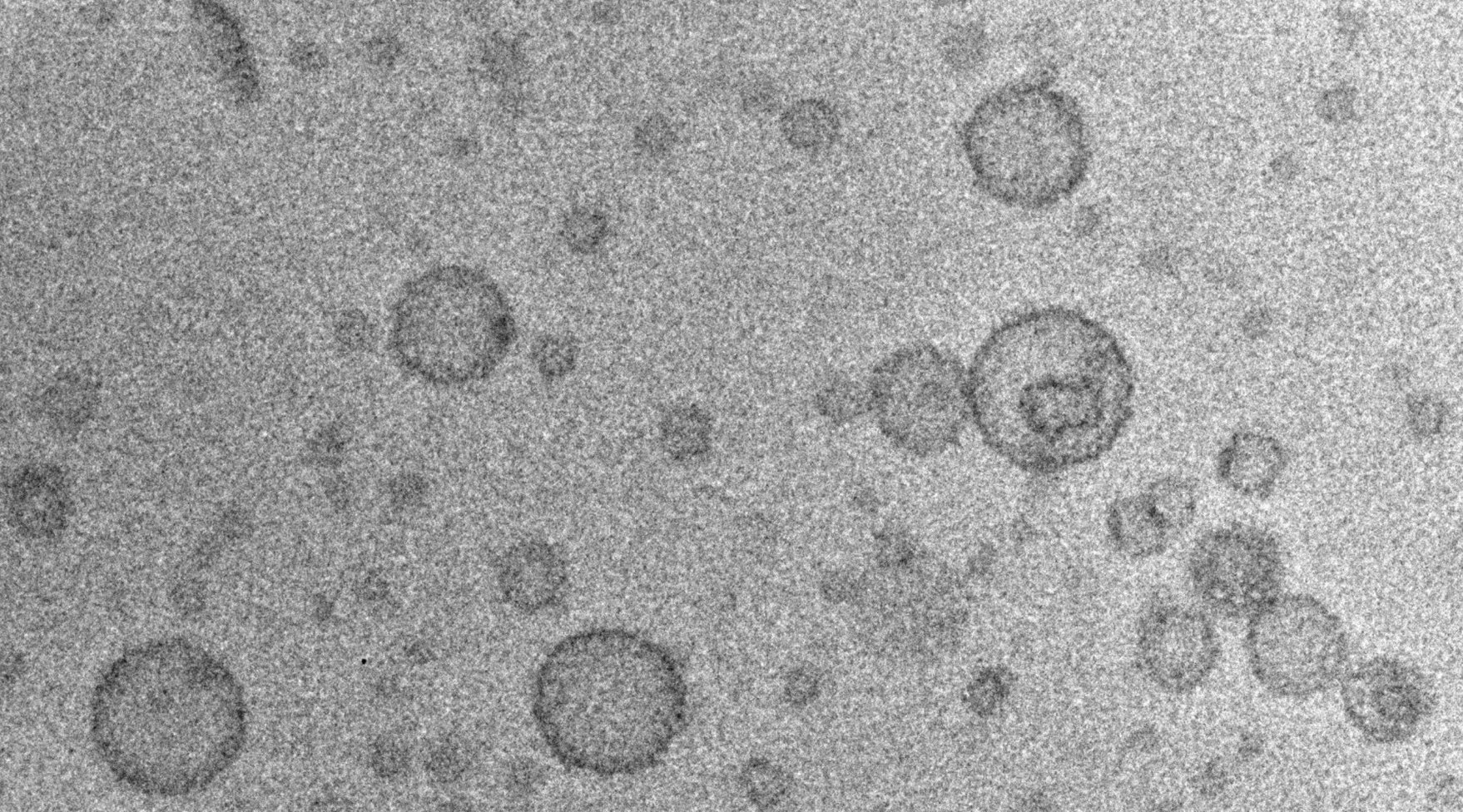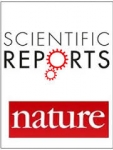
Supervisory institution:
National Science Centre
Project manager:
M.Sc. Beata Wereszczyńska
Budget:
144 321,00 PLN
Start date:
28.09.2017
Duration:
36 months
Contract number:
UMO-2016/23/N/ST3/01878
Bifunctional nanoparticles combining diagnostic and therapeutic functions (known as theranostic agents) are the subject of an increasing number of studies. This group includes liposomes - highly biocompatible spherical particles formed from lipids, which physical and chemical properties can be modified. Liposomes, after appropriate labeling, can be used as contrast agents in many imaging methods. In addition, research on the properties of paramagnetic liposomes that contain a gadolinium (III) ion (Gd (III)) in their structure, as well as therapeutic agents, provide the basis for the preparation of a new generation of nanoparticles. These hybrids, due to their contrasting abilities in MRI (Magnetic Resonance Imaging), allow one to monitor the biodistribution of drugs administered in a human body. The literature data indicates that presence of Gd(III) does not affect therapeutic effect of particles. However, the potential influence of drug presence on relaxation properties of Gd(III) incorporated in liposome remains unknown.
This project encompasses three scientific objectives. (I) To investigate changes in the contrast properties of paramagnetic liposomes following the incorporation of photosensitizing agents into their structure. (II) Identification of mechanisms responsible for enhancement of proton relaxation rate in the surroundings of paramagnetic liposomes containing. (III) Model studies of the diagnostic efficiency of the liposome-photosensitizer systems in a tissue simulating gel.
This studies reveled an influence of phthalocyanine derivatives embedded in a lipid bilayer on the NMR (Nuclear Magnetic Resonance) relaxation of water protons. The project is focused on an accurate description of physical mechanisms, observed phenomena and evaluation of the utility of liposomes for potential clinical applications. The research will also provide knowledge needed to optimize the ratio between the various components of diagnostic-therapeutic liposomes (as far as medical applications are not precluded), leading to the formation of an effective contrast agent necessary to monitor the biodistribution of nanoparticles using MRI. The proposed approach is innovative because it raises the possibility of reducing the used amount of potentially harmful contrast media based on gadolinium, by taking into account the increase of the relaxation effect caused by other components of the system.


